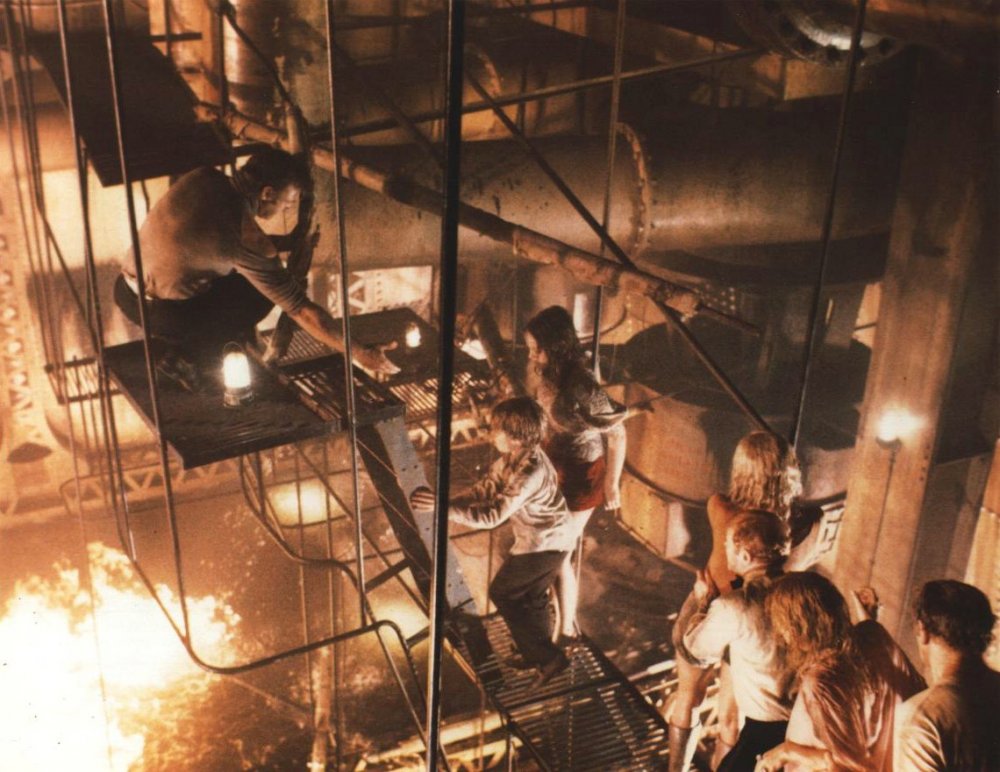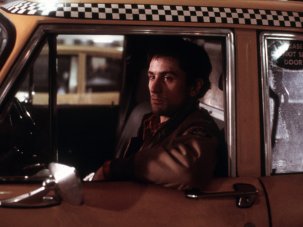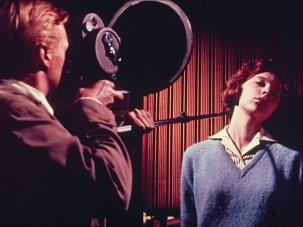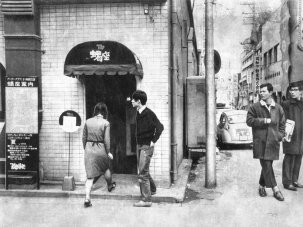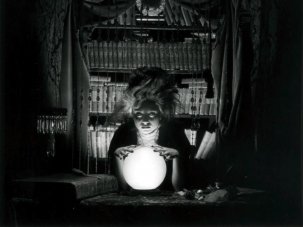The 1970s is now widely regarded as a golden age of US filmmaking, a period when major studios permitted auteurs to express their visions with relative freedom, secure in the knowledge that audiences existed for work which questioned rather than reassured. But it is important to remember that, with a handful of exceptions – notably Francis Ford Coppola’s The Godfather (1971) – what actually made money during the early to mid-70s was routine commercial product, the decade’s most popular genre being the disaster movie. If the New American Cinema criticised institutions and ideals associated with the status quo – capitalism, the family, the figure of the hero, militarism, imperialism – the disaster cycle represented a theoretically beleaguered mainstream. Whether it involved a burning skyscraper, a luxury liner turned upside down or a plane in danger of crashing, the disaster always stood for those radical elements violently opposed to traditional (and implicitly privileged) lifestyles.
While Ronald Neame’s The Poseidon Adventure (1972), a key title in this cycle, bears a striking resemblance to George A. Romero’s Night of the Living Dead (1968), the use Neame makes of Romero’s masterpiece (notably in the conflict between two male protagonists, each convinced their solution to an emergency is correct) derives from a rejection of its more challenging aspects. Romero’s Living Dead embody tensions within American society, and the human protagonists’ responses to them reproduce those patterns of behaviour which created the problem in the first place.
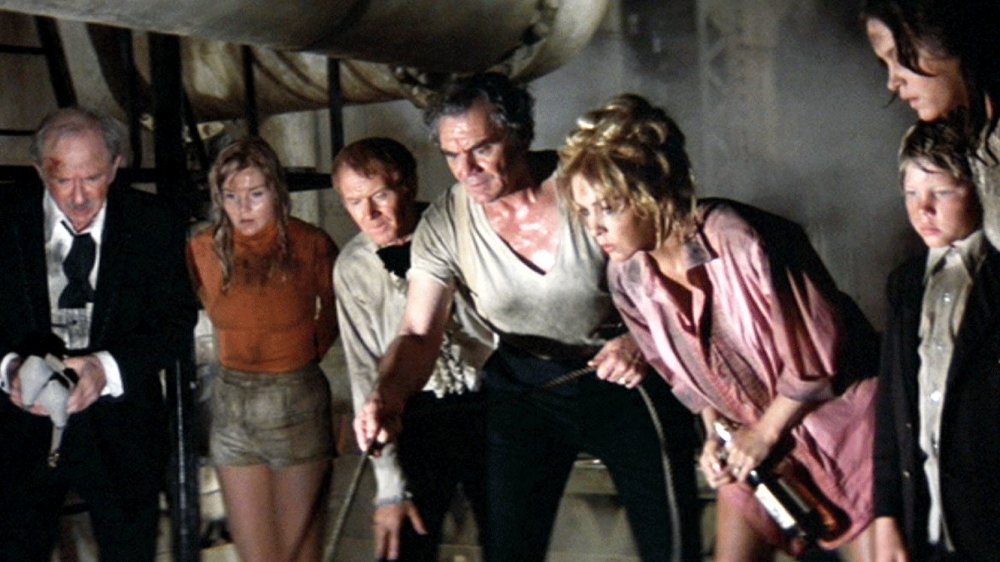
Ernest Borgnine martials The Poseidon Adventure (1972)
In The Poseidon Adventure, however, the disaster offers a group of excessively ‘civilised’ survivors an opportunity to set aside their differences and forge a new, stronger America in which, with God’s help, they can develop the practical skills necessary to cope with a crisis – a crisis as ideological as it is actual. Both the conservative and radical strands of 70s cinema can thus be seen to derive from Romero, and it is hardly surprising that the disaster cycle so frequently overlaps with the reactionary wing of the horror genre during this period.
Indeed, by casting Linda Blair as an ill teenager who must spend the bulk of her screen time in a prone position, Jack Smight’s Airport 1975 (1974) deliberately evokes memories of William Friedkin’s The Exorcist (1973). The scene in which Blair is comforted by a singing nun has become understandably notorious, the fact that Blair’s ‘sickness’ is treated by a religious rather than a medical professional cementing the relationship with Friedkin’s blockbuster. The nun’s song, a hymn to self-sufficiency (“I am a best friend to myself”) that could easily have been written by Ayn Rand, almost parodically reminds us that disaster films are hymns in praise of decisive individual actions taken against threats which are at least implicitly socialist. In the post-Star Wars (1977) era, Hollywood would be dominated by fantasy movies in which Evil was linked with Russia, and if anti-Soviet paranoia is never explicitly articulated in the disaster cycle, it is rarely far from the surface; the hijacker of John Guillermin’s Skyjacked (1972), for example, insists on flying his abducted plane to Moscow.
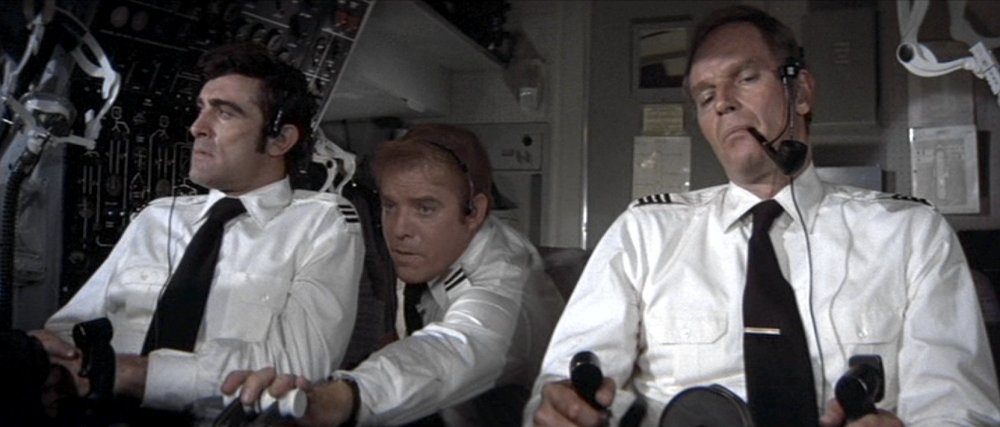
Charlton Heston captains Skyjacked (1972)
Although I have been identifying them with their directors, these films generally reflect the personalities of producers. This is, I think, hardly coincidental. Personal style is always, to a greater or lesser extent, disruptive of dominant ideology, and what Coppola, Elaine May, John Cassavetes, Robert Altman, Alan J. Pakula, Martin Scorsese, Hal Ashby, Arthur Penn and Monte Hellman had in common was a determination to reject Hollywood’s traditional modes of representation, relying on handheld or aimlessly drifting cameras, dark cinematography and compositions in which actors were often lost in alienating visual landscapes.
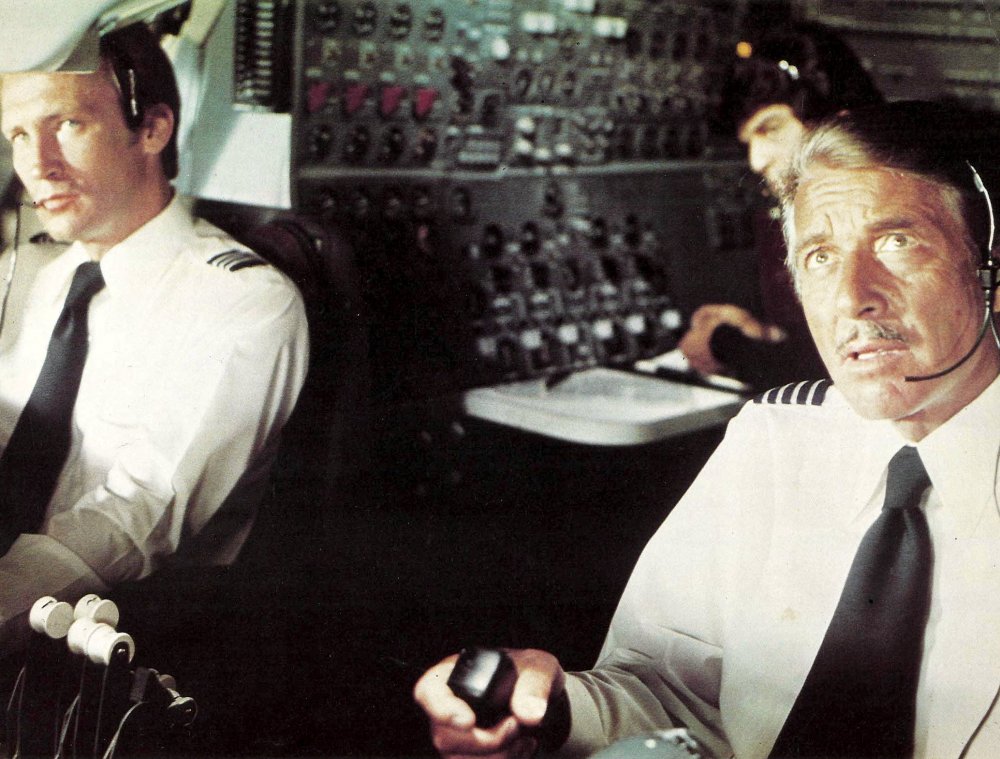
Roy Thinnes and Efrem Zimbalist Jr. steady Airport 1975 (1974)
The disaster cycle was unequivocally opposed to this kind of filmmaking, being aimed at older viewers who felt American cinema had become actively hostile to their assumptions concerning race, gender and politics. This explains why disaster movies frequently employed ageing stars whose presence served as a comforting reminder of more reassuring times. James Stewart’s extended cameo in Airport ’77 (1977) refers not to the use made of Stewart’s persona in actual films produced during Hollywood’s classical era – notably those by Hitchcock and Mann, in which it was subjected to the most rigorous critique imaginable – but rather to his function within popular culture as an icon of homespun folksiness. Far from recalling Vertigo or The Naked Spur, the James Stewart of Airport ’77 resembles those parodies of the actor which appeared in such Warner Bros. cartoons as Tex Avery’s Hollywood Steps Out (1941).
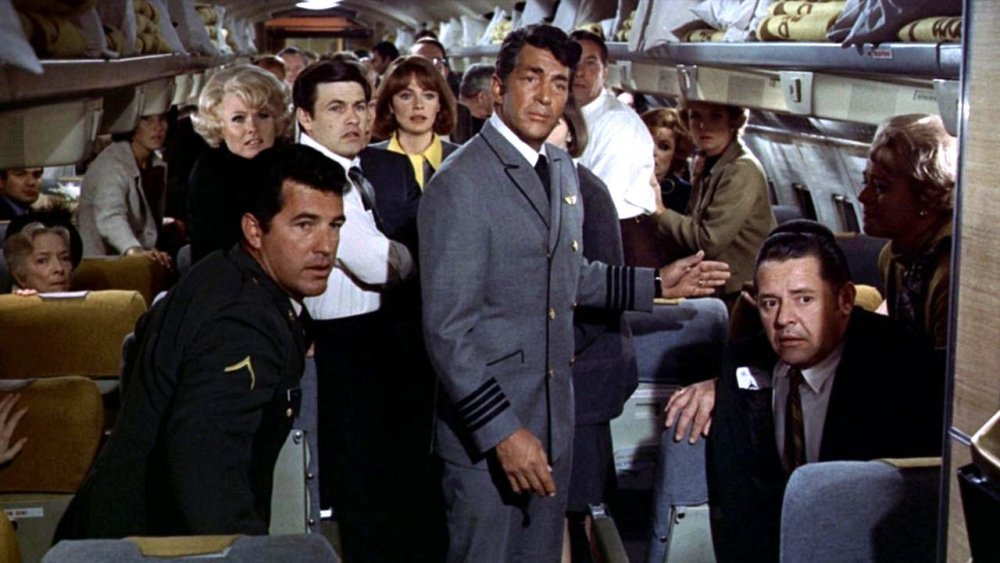
Rock Hudson supervises Airport (1969)
And there is something oddly cartoon-like about the mise en scène of these films, in which everything is brightly lit and clearly framed, a tendency that becomes more pronounced as the cycle proceeds (culminating in the televisual blandness of The Concorde… Airport ’79 and Beyond the Poseidon Adventure). In an article on The Towering Inferno (1974) that appeared in Movie 21, Richard Dyer notes how John Guillermin and Irwin Allen’s film “uses camera movement and wide screen to present actions and characters in the most stable manner possible… the extraordinary and terrifying things that happen before us on the screen are perceived from a point of view that emphasises stability.”
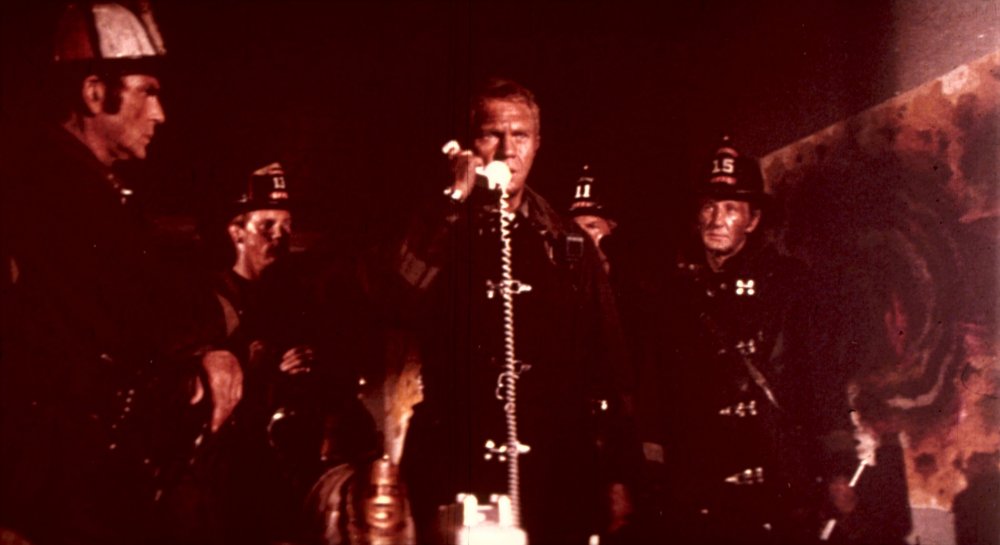
Steve McQueen rescues The Towering Inferno (1974)
It seems to me that this approach was intended as a riposte to New American Cinema’s visual quirks, reassuring viewers they would not encounter the moral ambiguities and critical attitudes of The Conversation, Mikey and Nicky, The Gambler, The Long Goodbye, The Parallax View or Night Moves. The exception that proves the rule here is Richard Lester’s Juggernaut (1974), in which auteur stylistics problematise the overt project by emphasising peripheral characters and details, subordinating charismatic stars whose domination might otherwise have reinforced the redemptive disaster narrative to Lester’s complex visual patterns and fragmented editing techniques.
But if Juggernaut can be seen as an oppositional text, the interest of more mundane entries in this largely-forgotten cycle is not merely a historical one. Although the chances of such undistinguished work exerting a significant influence may have seemed slim, these films paved the way for that contemporary action cinema in which decisions are made by committees rather than artists, and cookie-cutter imagery, now spruced up by the latest in computer technology, serves as the guarantee that we will not be challenged in any way.
-
The Digital Edition and Archive quick link
Log in here to your digital edition and archive subscription, take a look at the packages on offer and buy a subscription.




